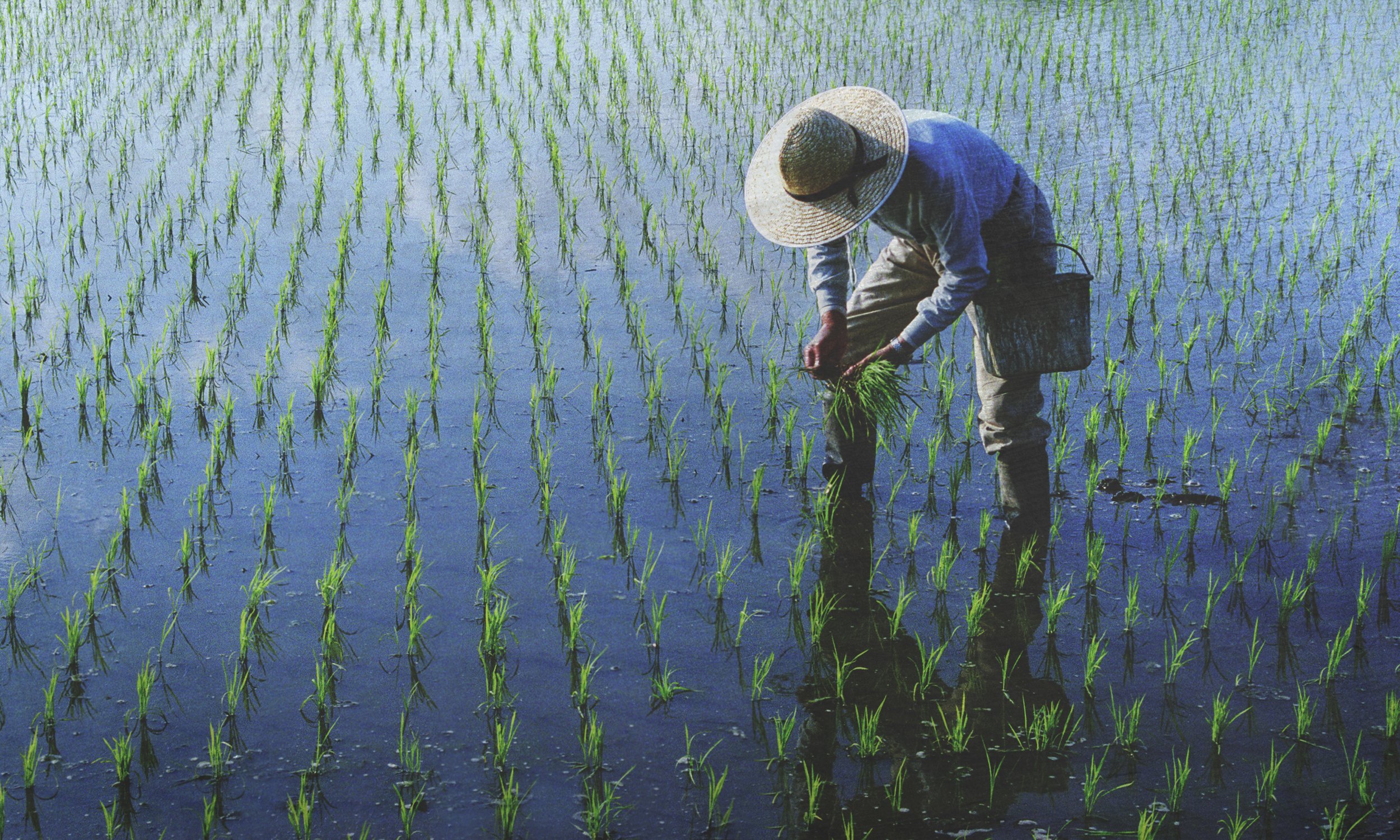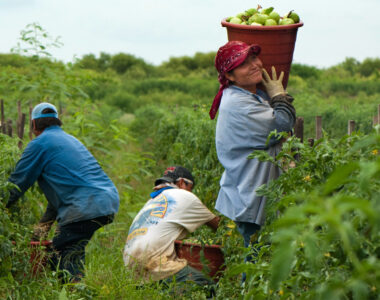
As global temperatures rise, staple crops like corn, wheat, and soybeans face mounting challenges. But one grain continues to show strength: rice. Thanks to its adaptability and new farming innovations, rice climate resilience is positioning this crop as a key player in food security during a changing climate.
Built for Water and Heat
Rice has long been grown in water-intensive environments, giving it an edge in resisting some of the worst effects of climate stress. Unlike many crops, rice can thrive in flooded conditions and even tolerate brief periods of drought, depending on the variety. Studies published in Nature Communications have shown that among major global crops, rice suffers the smallest yield declines in climate change scenarios.
“Rice is more adaptable, so it’s more protected,” said Dr. Andy Hultgren of the University of Illinois. This statement supports what scientists and farmers are beginning to recognize: rice climate resilience isn’t just coincidence—it’s biology and centuries of cultivation in tough conditions.
The Role of CO₂ and New Breeding Programs
Rice also benefits from what’s called the CO₂ fertilization effect. Higher levels of carbon dioxide, while harmful to the planet overall, can increase photosynthesis and growth in rice plants. However, there’s a trade-off: warming nighttime temperatures may reduce grain quality, which makes continued innovation essential.
Plant breeders are working on that. New rice varieties are being developed to withstand extreme heat, salinity, submersion, and drought—conditions all expected to intensify in coming years. Chinese researchers recently discovered a gene linked to heat sensitivity. When silenced, rice plants maintained both yield and quality under high-heat stress. This is just one example of how science is reinforcing rice climate resilience through innovation.
Smarter Farming for a Stronger Future
Beyond genetics, rice farmers are turning to climate-smart agriculture practices. Techniques like Alternate Wetting and Drying (AWD) reduce water use and methane emissions. Others are integrating rice-fish systems, which promote biodiversity and further lower greenhouse gas emissions. These methods support long-term sustainability and enhance rice climate resilience at the farm level.
Why It Matters
In a time of uncertainty, rice stands out not just for its global importance but for its ability to adapt. With the right investments in research, farming practices, and policy support, rice climate resilience could help stabilize food supplies and support millions of farmers worldwide.
Sources: Farm Progress



